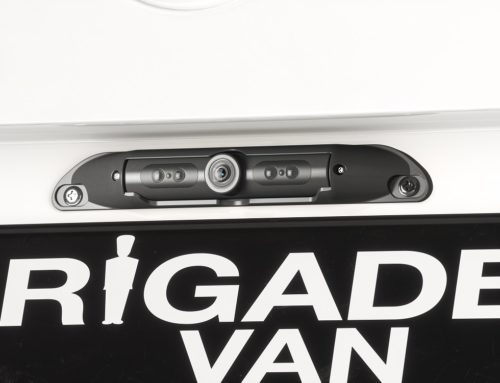
Manufacturers generally sell dealer-approved conversions (this Movano is outside Smithfield market), but there are plenty of specialist converters too
CHOOSING a refrigerated van for your business can seem daunting. There are so many different types and getting it wrong can be expensive. So Business Vans has gone to an expert for advice on how to choose the right refrigerated business van.
Mark Foster has been in the refrigerated vans industry since 1985. He is managing director of Vanfridge which he set up in 2002 to cater for small businesses that need refrigerated vans.
Today, his expanded operation includes converting, selling and renting refrigerated vans. He knows the industry and he understands what small businesses need.
Which kind of fridge van?
There are four basic types of conversion, says Foster.
Insulation only
You line the van’s cargo area with insulation that’s 50mm thick. The lining material is typically Styrofoam, although some converters use a Polystyrene/Rockwool mix. Styrofoam is best.
Don’t, however, think that this on its own is suitable for transporting chilled food. It won’t keep your cargo properly chilled – unless you fit a fridge.
Chiller conversion
For a chiller conversion, line the van with 50mm insulation and fit a chill fridge. This is suitable for keeping stuff chilled and operating at above 0ºC. Reckon on paying between £3000 and £7500 for a standard chill conversion, depending on van size, says Foster.
Semi-freezer conversion
A semi-freezer conversion will have 75mm insulation and a fridge that has reverse cycle defrost or hot gas defrost (don’t panic – we’ll explain all that in a minute). This set-up will let you go down to about -10ºC to -15ºC
Full freezer conversion
With a full-freezer conversion, the insulation will also typically be 75mm thick, but there will be uprated and modified side and rear doors (costing an extra £900 or so, says Foster). The fridge will have reverse cycle defrost or hot gas defrost.
Result: a hold capable of temperatures as low as -20ºC. Reckon on about paying about £2000 to £3000 more than for a bog-standard chiller conversion.
You can go down to about -25ºC if you boost the insulation to 100mm thick and block off the side door or fit a slab-type side door in place of the factory sliding door.







Leave A Comment